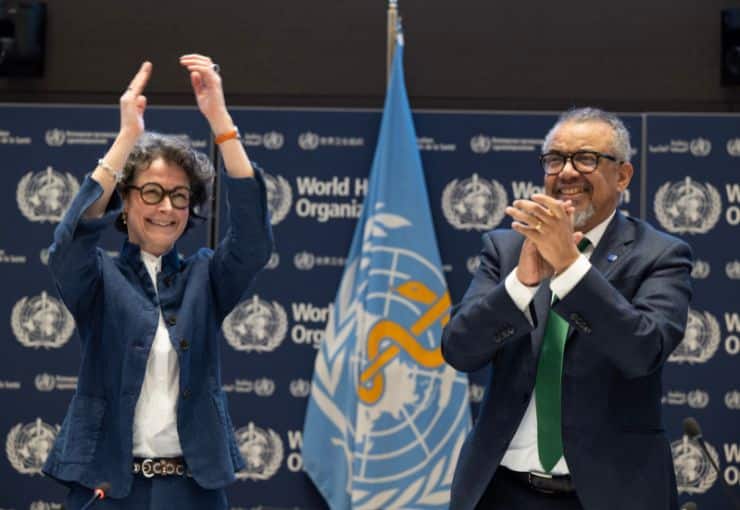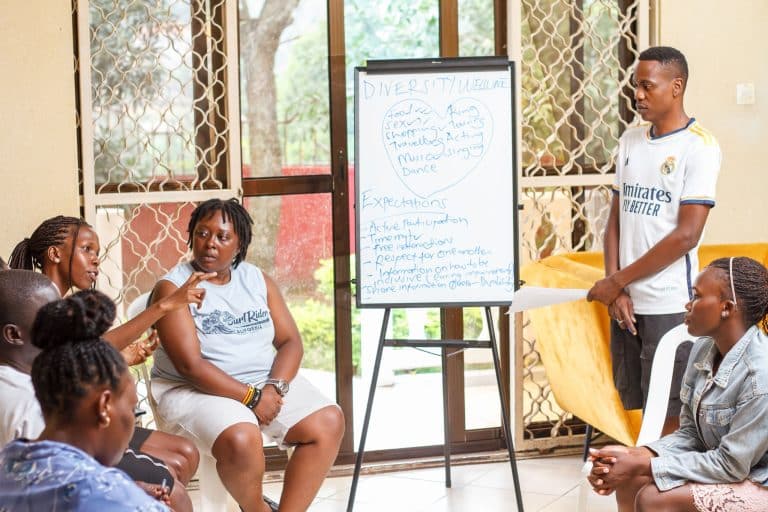Human resources for Health team
It is striking what a crisis such as the COVID-19 outbreak can bring about. Five years ago, budget cuts severely restricted funding for long-term care, home care and youth care in the Netherlands. Many care organisations went bankrupt and 80,000 care workers lost their jobs. Then the economy started booming again and budget was made available to expand the health workforce.
Not heard…
The Minister for Health calculated that by 2023, the Netherlands needs up to 110.000 more health workers. New jobs were created. But health workers were nowhere to be found. The profession had a shaky reputation: high workload, high administrative burden, low status (especially the nursing professions and lower cadres), poor pay. Mass strikes by nurses to force pay raises were in vain. A crisis was looming.
… but called upon in crisis
Enter COVID-19. Unprecedented measures are now taken in rapid succession to ensure the Netherlands has the health workforce to confront the outbreak. Retired health workers, qualified jobless health workers and (advanced) medical students are (re-)hired. Doctors in tropical medicine, a subset of medical specialists that have been neglected by successive ministers of health, are called upon in view of their expertise on outbreak containment. Parliament has decided unanimously to give all health workers a bonus. Undoubtedly, this is a positive development.
More strain on countries with already weak health systems
However, it is unlikely we will see these same developments as COVID-19 reaches low- and middle-income countries. Since many years, austerity measures and wage bill caps imposed by international financing institutions have stalled investment in the health workforce, triggered recruitment freezes and drastically reduced the number of health jobs. This, combined with poor working conditions, has also led large numbers of health workers choosing to leave the public sector or even their home country to work in more prosperous settings. As a result, many low- and middle-income countries do not have enough resources to train, deploy and sustain a health workforce to meet the community needs or the SDG threshold of 4.45 health workers per 1000 population. These shortages are currently further compounded by lack or absence of protective gear in many settings, limitations in testing capacity and a lack of equipment for severe cases.
In addition, the numbers of Community Health Workers have remained very low, even if their responsibilities are essential in many communities. For example, they sensitise communities to visit maternal and childcare services, provide hygiene education and promote sanitary measures. And their role in preventing the spread of disease cannot be overestimated as their tasks include prevention, contact tracing and isolation of patients. The extra burden on them in outbreak situations such as the COVID-19 response is immense, and they will have to make difficult choices in the services they provide. The collateral damage of an infectious disease outbreak, which requires all hands on deck, could therefore be devastating.
Amanda Banda, Wemos’ global health advocate, working in the African region: “We now see in many countries that Community Health Workers are being diverted to help in the COVID-19 response. But these countries cannot afford to neglect their existing services towards other members of the communities, like the care for immune-suppressed patients with HIV or TB, their work to provide sexual and reproductive care, or even simply children with diarrhoea. It would be a complete and utter disaster!”
Will the current solidarity sustain?
Right now, the relentless efforts by frontline health workers to combat the outbreak, including Community Health Workers, are not going unnoticed. The realisation seems to finally sink in that a strong health care system is the No. 1 public service we need in crisis times like these. Moreover, appreciation of health workers across all cadres is at an all-time high. Governments and the World Bank are pledging staggering amounts of money to cushion the economic impact of the COVID-crisis and enhance responsiveness of health systems. However, too often this level of solidarity and appreciation of health workers are not sustained beyond the crisis.
When the Ebola crisis hit in 2014-2015, unemployed nurses in Sierra Leone were called to continue their efforts in the frontlines, without decent pay, and exposed to a highly deadly disease, with the promise that they would finally be included on the government’s payroll afterwards. But when the aid agencies left and the crisis passed, this did not materialise.
Let this crisis be different
Our call is that this COVID-19 crisis should be different. Let us sustain the investment in and appreciation of the health workforce across the world beyond this crisis and not go back to business as usual.
Update May 1, 2020:
This article was also published on European Public Health Alliance (April 30, 2020): ‘Will investment in our health workforce continue beyond COVID-19?’
Photo credit: Direct Relief (via Flickr Creative Commons)




